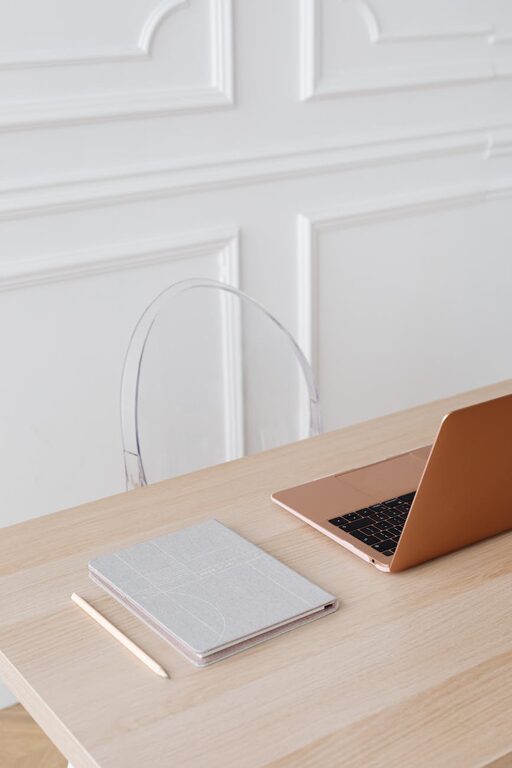Creating a workspace that promotes both focus and comfort can significantly improve your productivity and overall well-being. Whether you work from home or in an office, a well-designed desk setup can help you stay attentive during tasks while preventing discomfort and fatigue. In this post, we’ll explore practical tips to create an ideal desk setup tailored for focus and comfort.
Why Your Desk Setup Matters
Your workspace environment directly affects your ability to concentrate and maintain comfort throughout the day. Poor ergonomics or clutter can lead to distractions, strain, and burnout. By optimizing your desk setup, you can reduce physical stress, minimize interruptions, and encourage better work habits.
Essential Desk Setup Tips
1. Choose the Right Desk and Chair
Your desk and chair are the foundation of your workspace comfort.
– Desk height: Aim for a desk height that lets your forearms rest parallel to the floor when typing or writing. Adjustable desks can help you alternate between sitting and standing.
– Ergonomic chair: Invest in a chair with adjustable height, good lumbar support, and comfortable cushioning. Proper back support will reduce lower back pain during long sessions.
2. Position Your Monitor Properly
Correct monitor placement can prevent eye strain and neck pain.
– Eye level: The top of your screen should be at or just below eye level.
– Distance: Keep your monitor about an arm’s length away.
– Angle: Tilt the screen slightly backward (10-20 degrees) to reduce glare.
3. Optimize Lighting
Adequate lighting reduces eye fatigue and helps maintain alertness.
– Use natural light: Position your desk near a window if possible.
– Avoid glare: Use blinds or curtains to control excessive sunlight.
– Task lighting: Incorporate a desk lamp with adjustable brightness and direction to focus light where you need it.
4. Organize Your Desk for Efficiency
A clutter-free desk can help minimize distractions.
– Keep essentials accessible: Place frequently used items like pens, notebooks, or headphones nearby.
– Use storage solutions: Drawers, trays, or containers help keep smaller items organized.
– Minimize electronics clutter: Use cable organizers to prevent tangled cords.
5. Add Comfort with Accessories
Small additions can make a big difference in comfort.
– Wrist support: Consider a wrist pad or ergonomic keyboard and mouse to reduce strain.
– Footrest: A footrest can improve posture and reduce pressure on your legs.
– Plants and decor: Including a small plant or calming decor adds a touch of nature, which can improve mood and focus.
6. Manage Noise and Distractions
Creating a distraction-free environment helps to maintain concentration.
– Noise control: Use noise-canceling headphones or background music to drown out distractions.
– Clear boundaries: Inform coworkers or family members of your working hours to limit interruptions.
7. Personalize Your Space Mindfully
Personal touches make your workspace inviting but should not create clutter.
– Choose meaningful items that inspire you.
– Limit decorations to avoid visual overload.
Tips for Maintaining Comfort Over Time
Take Regular Breaks
Move and stretch every 30–60 minutes to reduce muscle tension and eye strain.
Adjust Your Setup Periodically
Your body’s needs can change, so reassess your setup regularly. Consider alternating between sitting and standing if you have a sit-stand desk.
Practice Good Posture
Sit with feet flat on the floor, shoulders relaxed, and back straight. Avoid slouching or leaning forward.
Final Thoughts
A thoughtfully arranged desk setup can transform your workday by increasing comfort and improving focus. Pay attention to ergonomics, lighting, organization, and your personal preferences to create a workspace that supports your productivity naturally. With these desk setup tips, you’re well on your way to enjoying a more comfortable and focused working experience every day.

